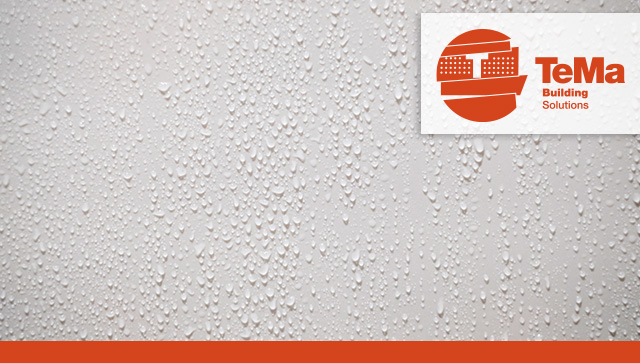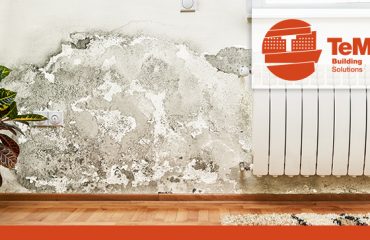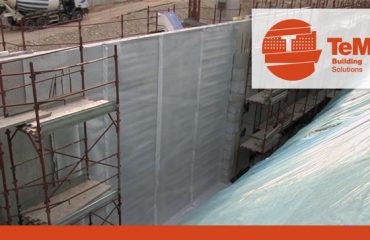
Damp-proofing and waterproofing are terms we often encounter in the building industry and they refer to a specific function. In product presentation and technical documentation, the two terms are often equated, leading to confusion, also due to “cross-translations” from English into other languages.
Important differences distinguish these two terms. Whether you are planning a new construction or a renovation, it is better to know the meanings in order to ensure optimal construction that also allows, when envisaged, comfortable living on basement floors.
In this article, we can try to better understand the difference between the two terms.
What does “damp-proofing” mean?
Damp-proofing is the function of a material that can slow down or prevent, on a surface, the absorption of moisture (i.e. in the absence of hydrostatic pressure). The main purpose is therefore to slow down moisture seepage, but it does not prevent the flow of water to the interior.
These materials also often have the additional important function of creating a barrier between the ground and the surfaces to protect the waterproofing layer, increasing its safety and durability over the years.
What does “waterproofing” mean?
Waterproofing means the ability of the system to be totally resistant to water in the ground, which exerts hydrostatic pressure. Such as groundwater, for example.
TeMa Building Solutions always guarantees a range of products and has all the solutions you need.
For the damp-proofing function we have T-Kone, the HDPE studded membrane for foundations and underground structures, and its accessories including washers and nails for installation (T-Plug + Nails), whereas for the waterproofing function we have T-Bentostop F and T-Bentostop F XL: waterproofing bentonite geocomposites that self-attach to concrete for foundations in that material.
Contact us for further information or visit our product pages specifically for damp-proofing and waterproofing functions.




